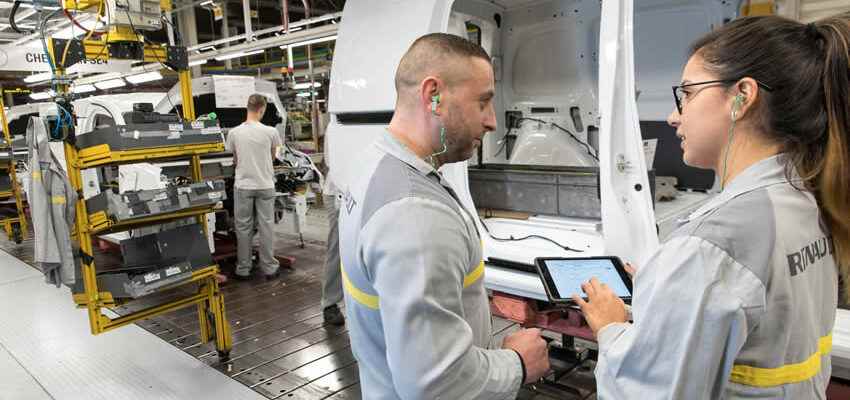by Gilles Guillaume
LE BOURGET (Seine-Saint-Denis), September 16 (Reuters) – D acia will keep combustion engines for as long as possible for motorists reluctant to switch to electric, offering a safety net to the diamond group in its resolute bet on the battery-powered vehicle, the managing director of Renault’s historic low-cost brand told Reuters.
Unlike the diamond brand, which will switch completely to electric from 2030, the pragmatic Dacia reserves the possibility of not taking the plunge until 2035, the year of the ban on thermal engines in Europe.
“To each their own role, Renault will push to be the champion of electric cars, it’s fraught with risk,” said Denis Le Vot, general manager of Dacia during a presentation at Le Bourget. “This is also why Dacia exists. Depending on the pace of electrification on the market and the appetite of customers, Dacia is there, the two will co-exist intimately.”
The Dacia range, which currently only has one electric model, continues to bet mainly on small petrol engines and on LPG – with gas from the Mediterranean basin, not Russia – which accounts for a third of the sales of the Mark. But even at a slower pace, electrification is gaining ground with a first hybrid in 2023 and no less than 12% of orders for the small electric Spring.
A pioneer with Nissan of battery-powered vehicles over the past decade, the Renault group has been dethroned by newcomers like Tesla. To try to get back into the race, it will present a plan in the fall to create within it an entity dedicated to electricity, and another devoted to thermal engines.
The latter will notably include the engine plant in Pitesti (Romania), the birthplace of Dacia, as well as the associated engineering and R&D on Romanian soil.
UPMARKET
Turning the page on the Logan years, when Renault set up a low-cost design and production system from 2004 to offer a new car for less than 10,000 euros, Dacia also wants to continue its move upmarket.
Helped by the general inflation of car prices, the brand is also seeing the average price of its vehicles progress inexorably.
“Nevertheless, we remain the most affordable car on the market”, specifies Denis Le Vot. “The more expensive the cars become, the more customers we see coming to us to find the best quality-equipment-price ratio.”
Dacia’s move upmarket, one of the pillars of Renault CEO Luca de Meo’s turnaround strategy, will be aided by a modernized visual identity, including a geometric logo revolution, the introduction of new equipment levels and the imminent arrival of a new Duster, one of the brand’s best-sellers, in 2024, followed by a larger Bigster in 2025.
Like the Duster, the Bigster, the brand’s first compact silhouette, will also be based on the small Clio platform, one of Dacia’s recipes for success in reducing the weight and cost of all its cars.
The entire range with its new design will be brought together for the first time at the Paris Motor Show – renamed Paris Automotive Week by associating under the same banner the biannual Parisian meeting of manufacturers and that of equipment suppliers, Equip Auto.
The event will be held from October 17 to 23, with among the highlights a “summit” bringing together several leaders of the sector, on October 18. (https://www.automotive-week.paris/summit) (Gilles Guillaume, edited by Jean-Stéphane Brosse)
